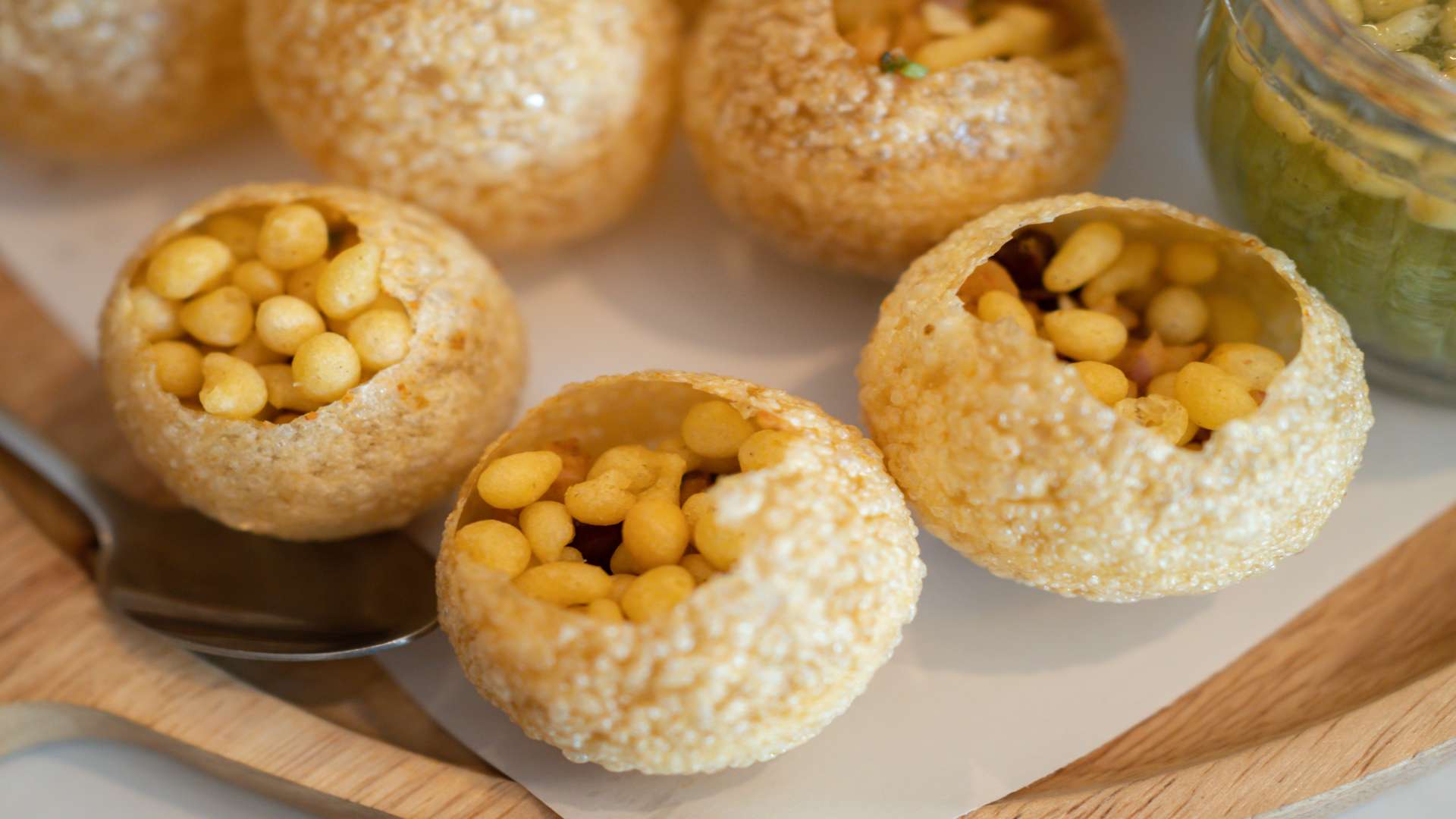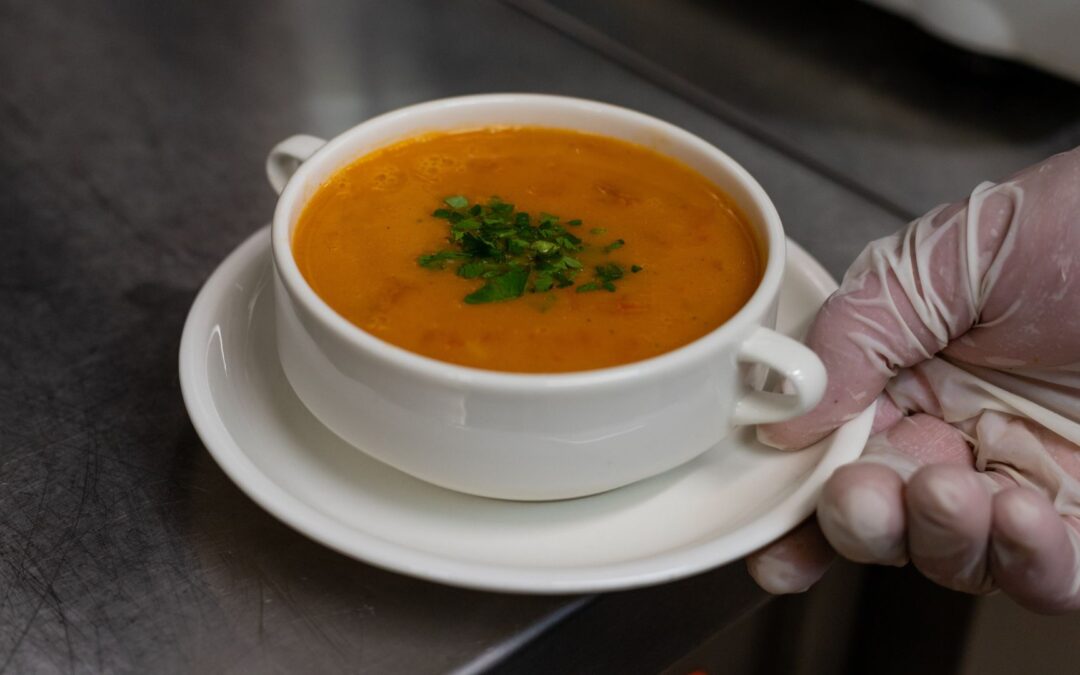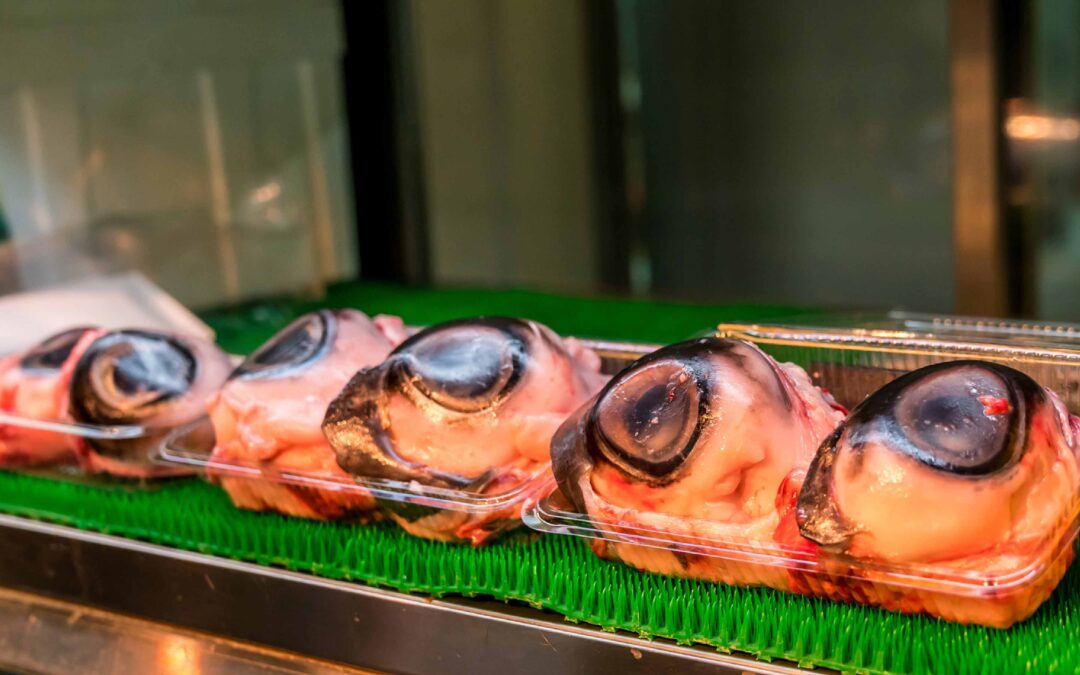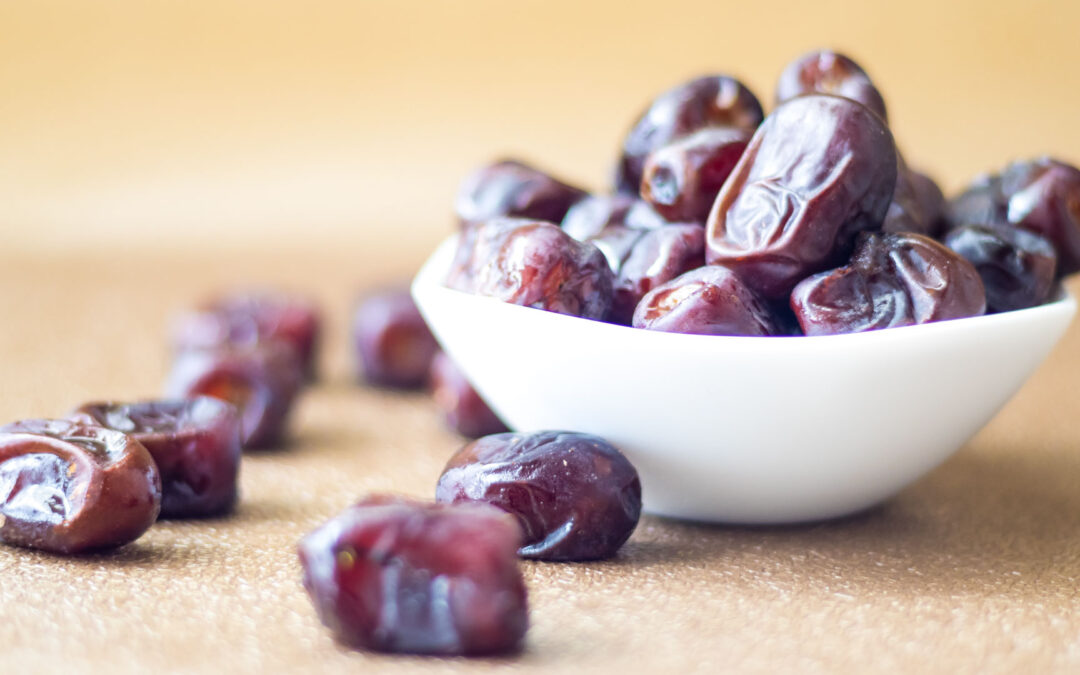Eating a Fuchka – a crisp fried hollow ball filled with hot peas and potatoes, topped with acidic tamarind water, garnished with slivers of onion, cucumber, cilantro, and liberal helpings of shredded eggs – has a reassuring familiarity to it.
It may appear to be a gastronomic disaster to the uninitiated, but this culinary marvel is unquestionably one of humanity’s greatest culinary achievements. Fuchka is so good that it is “the one meal” that all South Asians agree on. Apart from Fuchka, the two most frequent names for it are pani puri and golgappa. In the west and south of India and the rest of the world, Paani puri is the most well-known name. Other names include paani patashi, pani ke batashe, gup-chup, tikiya, phoolki, and pakodi, depending on the region.
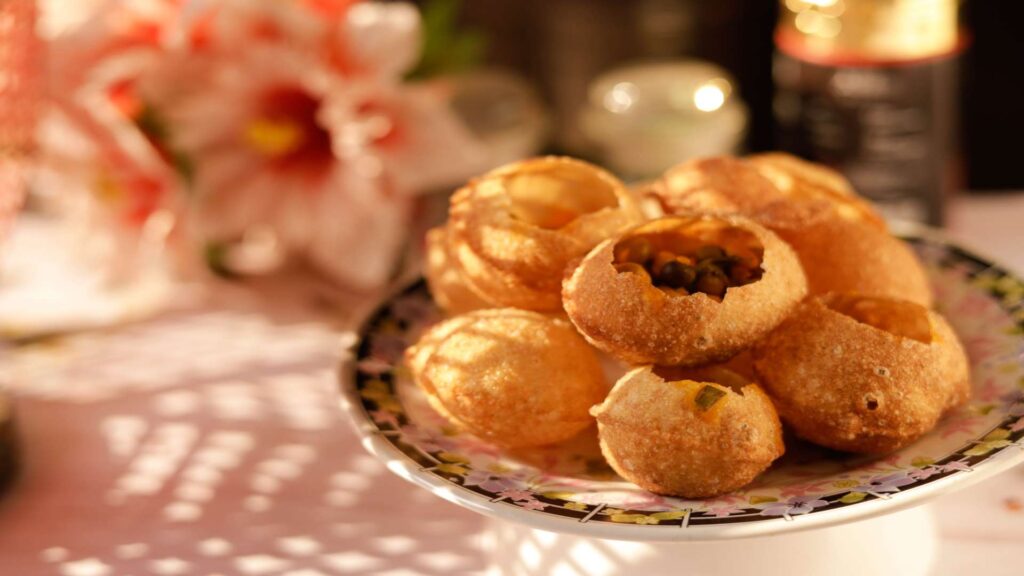
In terms of composition and flavor, the Bangladeshi phuchka, fuchka, or fuska (Sylhet/Chittagong) differs from the Indian pani puri or golgappa varieties. Our Fuchka shells are a little larger and have a darker hue. Unlike the others, which have chickpeas or white peas in the filling and a side of hot green mint-coriander water or yellow mango water, phuchka must have yellow peas in the filling and spicy and sour red tamarind chutney water.
Phoolkis, the forerunner of the phuchka, is thought to have originated in Magadha, one of India’s sixteen mahajanapadas (great kingdoms in Sanskrit). On the banks of the Ganga, in what is now west-central Bihar, the Magadhan empire flourished. The Magadha kingdom was an ancient culinary center that gave rise to several modern-day specialities. If you’re Bengali and reading this, you could recognize some of them as chira, tiler naru, and, most importantly, pitha.
Another religious legend surrounds the origins of Fuchka. In the Mahabharata, the newlywed bride Draupadi arrives at her in-laws’ house only to be assigned a chore by her mother-in-law Kunti. That was the name of the mother-in-law and she was a real queen. Draupadi, a princess, was one of Hindu mythology’s most important female figures and the wife of the Pandavas, a group of five brothers. The mother-in-law chose to confront her daughter-in-law when the Pandava brothers, Draupadi, and their mother Kunti was exiled after losing their kingdom in a dice game.
Draupadi was given some leftover potato curry and just enough wheat dough to create one puri by Kunti, who told her to prepare enough food to feed all five of her boys. The purpose of her challenge is unknown; some tales claim it was to see if Draupadi would be a good housewife who could manage with few resources, while others claim it was to see if she would favor one brother over the others. It is thought that the new bride devised phoolki or fuchka to get the approval of her mother-in-law and win her over. Kunti bestowed immortality on the dish after being impressed by her daughter-in-law’s creativity.
While the exact origins of this delightful food are unknown, one thing is certain: it spread over South Asia and made the entire subcontinent fall head over heels in love with it.
Fuchka is the most popular street dish in Bangladesh, and this is a truth that cannot be denied.
Fuchka gives the word ‘utilitarian’ a run for its money, in every sense, a material expression of the elusive emotion known as “simple pleasures,” which is sold by roadside sellers throughout Dhaka and other large towns.

